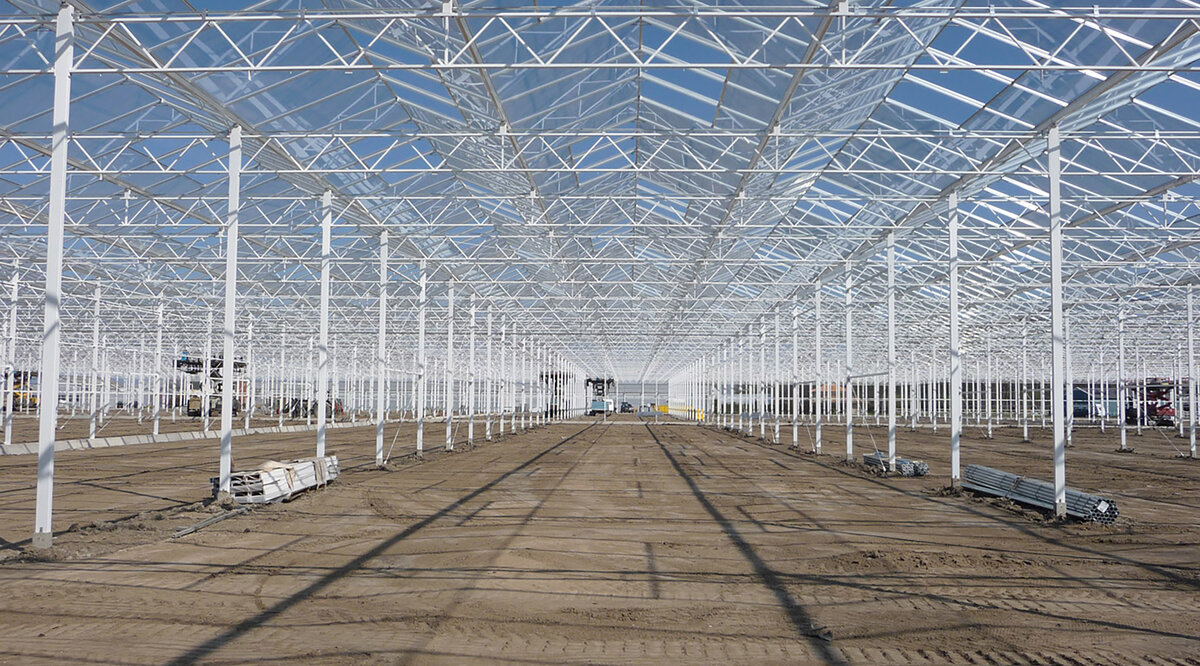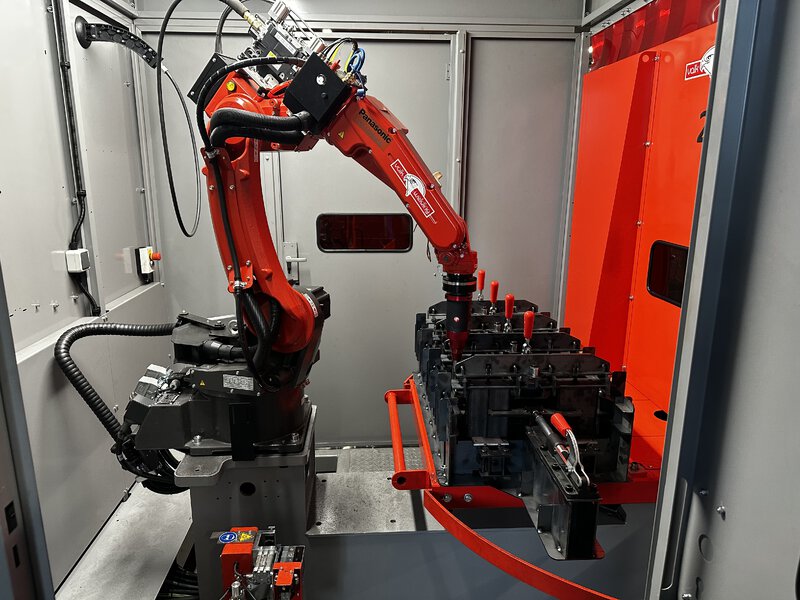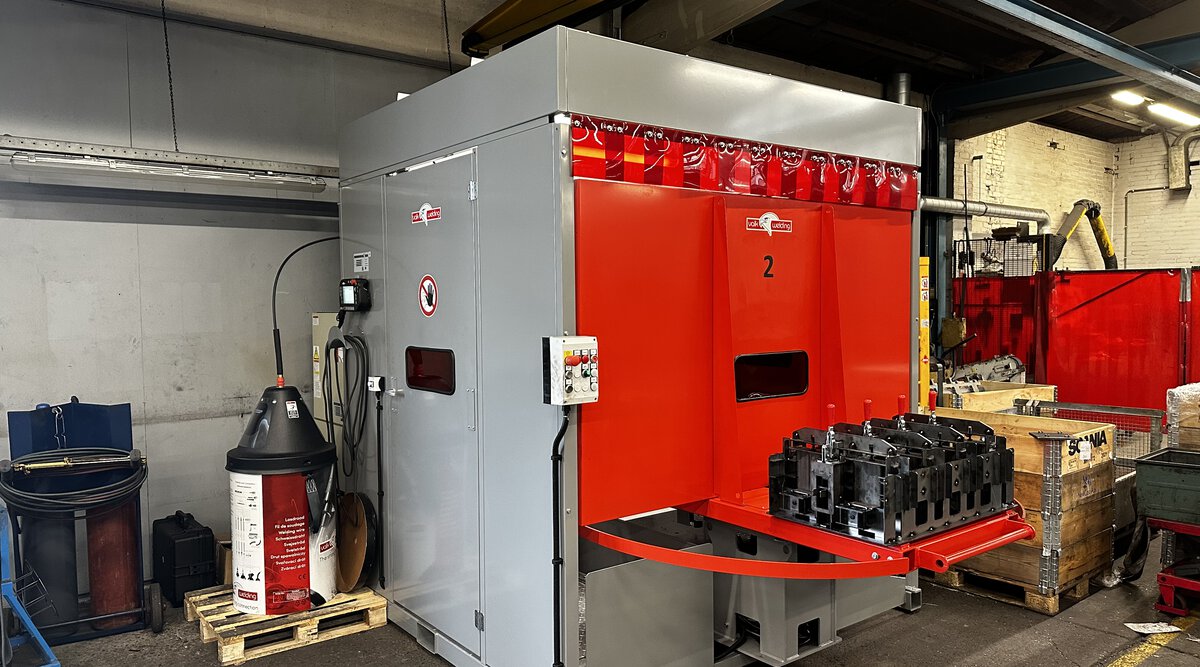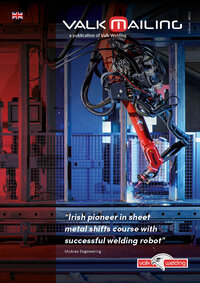Duijnisveld Kasconstructies, located in Westland, has been developing and manufacturing steel greenhouse structures for the international greenhouse horticultural industry for over 100 years. It was one of the first companies to begin serial production of steel profiles for greenhouse construction. “We have always maintained that lead”, emphasises the young Duijnisveld. “By shifting the focus to more complex parts and because we make everything 100% in-house, we have managed to keep pace with the major changes that international greenhouse construction has undergone. 80% of our revenue is determined by exports.”






